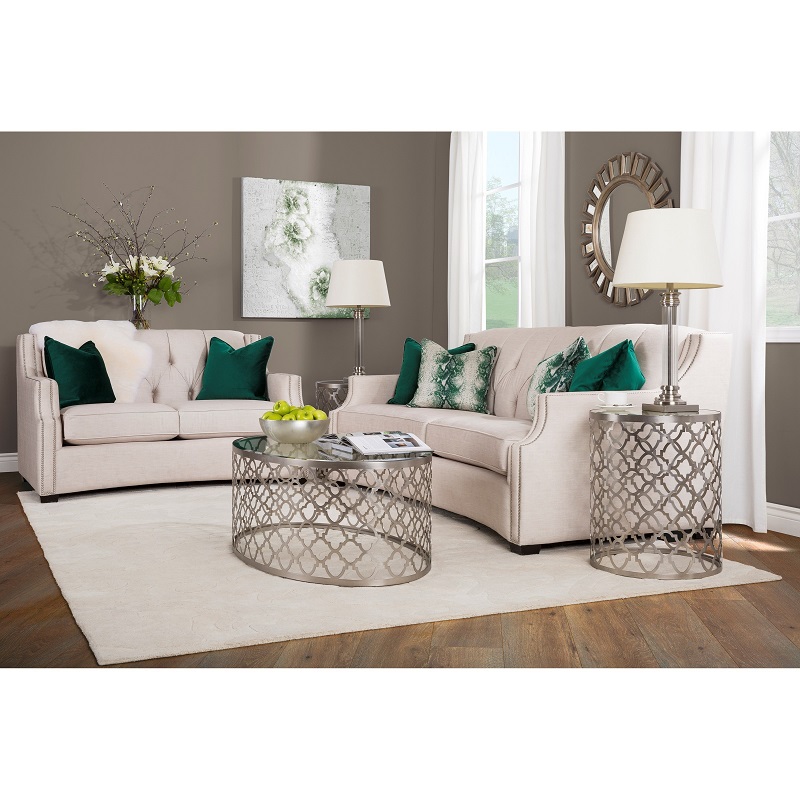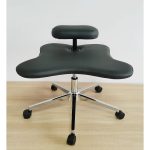Reupholstering a sofa can breathe new life into an old piece of furniture, allowing you to customize it to fit your style and decor. Whether your sofa is showing signs of wear and tear or you simply want a fresh look, this guide will walk you through the reupholstering process step-by-step. Get ready to roll up your sleeves and dive into a rewarding DIY project!
Understanding the Basics of Reupholster
What is Reupholster?
Reupholster is the process of replacing the fabric and padding on furniture, such as sofas or chairs, to give it a new look and extend its lifespan. This process can range from simple fabric changes to complete reconstruction of the frame and cushioning. By opting to reupholster, you not only save money compared to buying new furniture but also get the chance to personalize the piece with your choice of materials.
Benefits of Reupholstering Your Sofa
Reupholstering offers several advantages. Firstly, it allows you to keep a piece of furniture that has sentimental value or fits perfectly in your space. Secondly, it’s an environmentally friendly option, reducing waste by giving new life to existing furniture. Finally, the customization possibilities are endless. You can select fabrics that match your decor, choose different colors, and even change the style of the sofa entirely.
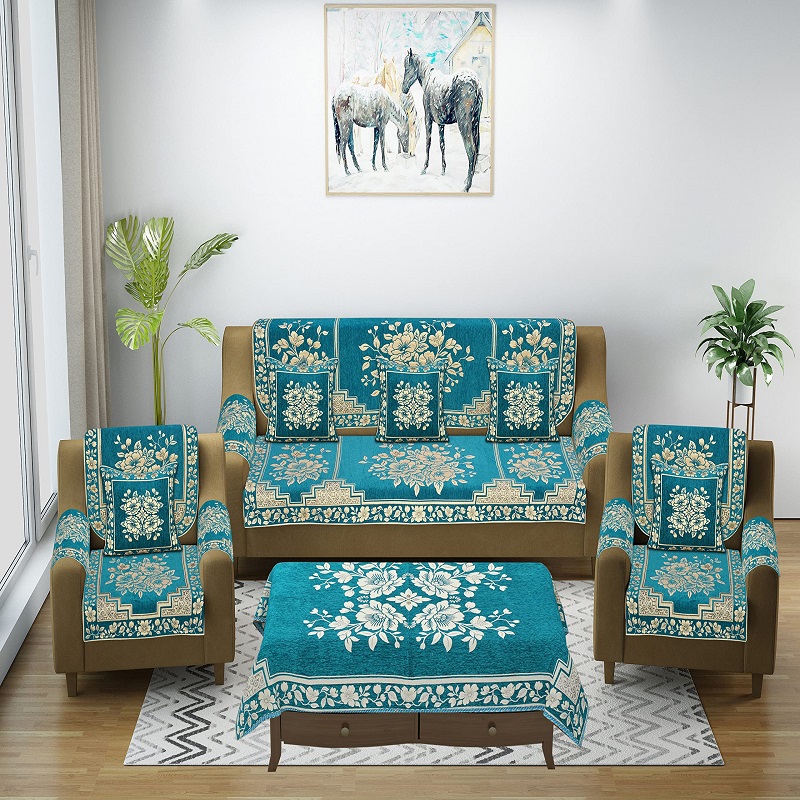
Preparing for the Project
Gathering Materials and Tools
Before starting your reupholster project, gather all necessary materials and tools. You will need fabric, batting, foam padding, a staple gun, upholstery scissors, a hammer, and a screwdriver. Don’t forget a measuring tape to ensure you purchase enough fabric. If you’re unsure about your fabric choice, consider visiting a local fabric store to see swatches in person. It’s also wise to get extra fabric to account for mistakes or miscalculations.
Choosing the Right Fabric
Choosing the right fabric is crucial for both aesthetics and durability. Consider the purpose of the sofa: will it be used frequently, or is it more for show? For high-traffic areas, opt for durable fabrics like microfiber or canvas that can withstand wear and tear. If the sofa is more for decorative purposes, you might choose something softer and more luxurious, like velvet or linen. Pay attention to the color and pattern as well; these should complement the overall decor of your space.
Disassembling the Sofa
Removing the Old Upholstery
Once you have everything prepared, it’s time to start disassembling the sofa. Begin by turning the sofa upside down and removing any screws or nails holding the frame together. Use a screwdriver and hammer to carefully pry off the old upholstery, taking care to note how the pieces are attached for easier reassembly later. Keep any fabric pieces that are in good condition as templates for cutting the new fabric.
Inspecting the Frame and Structure
After removing the old upholstery, inspect the frame for any damage. Look for loose joints, cracks, or signs of wear. If the frame is compromised, consider reinforcing it with wood glue or additional screws. This step is essential, as a sturdy frame is the foundation of a well-upholstered sofa. Additionally, check the springs and webbing; if they are damaged, you may need to replace them to ensure proper support and comfort.
Adding New Padding
Selecting the Right Foam and Batting
When it comes to reupholstery, comfort is key. Choose high-density foam that will provide adequate support for seating. The thickness of the foam will depend on your preference; typically, 2 to 4 inches is standard for sofa cushions. Batting is another layer of cushioning that provides a soft finish to the upholstered piece. Look for polyester or cotton batting, which can add an extra layer of comfort and smoothness to the final product.
Cutting and Attaching New Foam
Once you have your foam and batting, it’s time to cut them to size. Using your old cushions as templates, cut the new foam to fit perfectly over the seating area. After cutting, lay the batting over the foam and secure it in place using a staple gun. Ensure the batting is pulled tight to eliminate any wrinkles or folds, as these can show through the fabric once it’s applied.
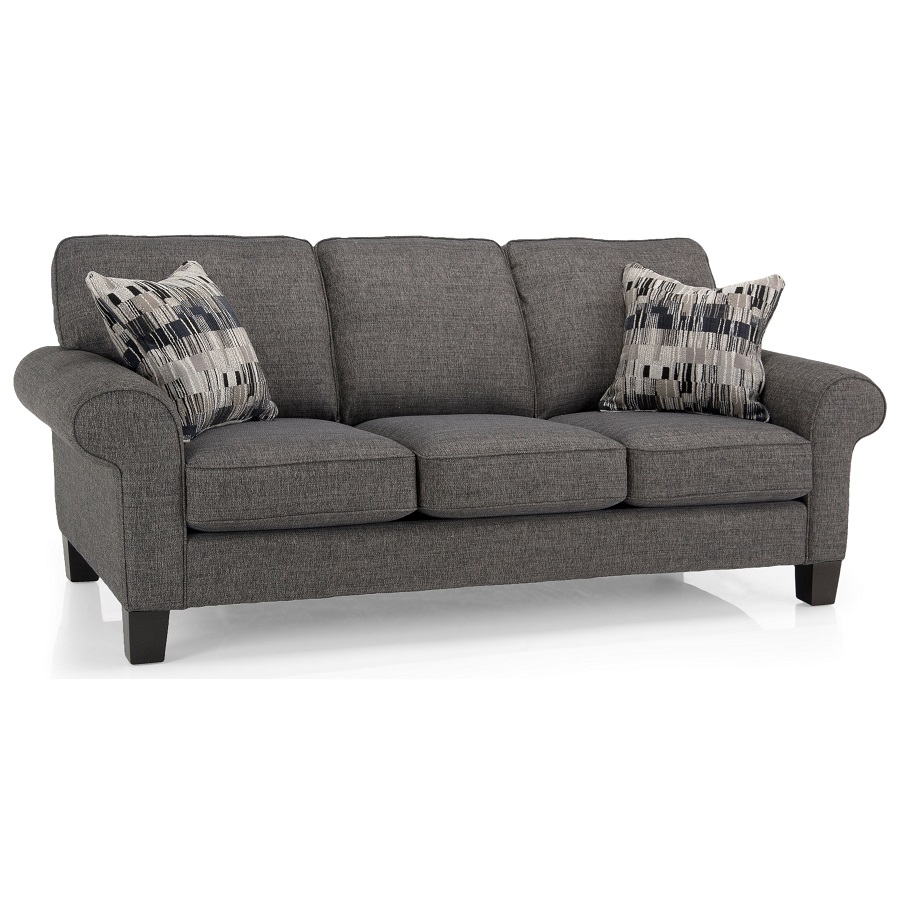
Covering the Sofa
Measuring and Cutting the New Fabric
Now that the sofa is disassembled and padded, it’s time to cut the new fabric. Start by measuring each section of the sofa, including the back, sides, and cushions. Remember to add extra inches for seam allowances and tacking. Once you have your measurements, carefully cut the fabric. Take your time with this step; precise cutting will ensure a cleaner look once the fabric is applied.
Attaching the Fabric
With the fabric cut to size, it’s time to attach it to the sofa. Start with the largest sections, such as the back and sides. Lay the fabric over the frame, pulling it taut and ensuring that it is aligned properly. Use a staple gun to secure the fabric to the underside of the frame, working from the center outwards to avoid any bunching. Be mindful of patterns and ensure they line up correctly. Once the main sections are secured, move on to the cushions, repeating the process.
Final Touches
Reassembling the Sofa
After the new fabric has been securely attached, it’s time to reassemble the sofa. Carefully put the frame back together, using the screws and nails you removed earlier. Ensure that everything is tightened properly to maintain stability. This step is crucial for the longevity of your newly upholstered sofa, as a solid frame ensures that the upholstery remains intact over time.
Adding Decorative Elements
Now that your sofa is reassembled, you can add any decorative elements you desire. Consider adding piping or trim along the seams for a professional finish. You might also want to introduce throw pillows or a matching blanket to complement your newly refreshed sofa. These small details can enhance the overall look and feel of your furniture, making it a focal point in your room.
Maintaining Your Newly Upholstered Sofa
Regular Cleaning and Care
Once your sofa is reupholstered, maintaining it is essential for ensuring its longevity. Regularly vacuum the fabric to remove dust and debris, and consider spot-cleaning any stains promptly to prevent them from setting. Depending on the type of fabric you choose, you may also want to invest in a fabric protector to shield against spills and stains.
Knowing When to Reupholster Again
Over time, even the best-reupholstered sofas may need another refresh. Pay attention to signs of wear, such as fraying fabric, flattened cushions, or a sagging frame. If you notice these issues, it may be time to consider another reupholster project or explore other furniture options. Regular maintenance can significantly extend the life of your reupholstering a sofa, allowing you to enjoy your investment for years to come.
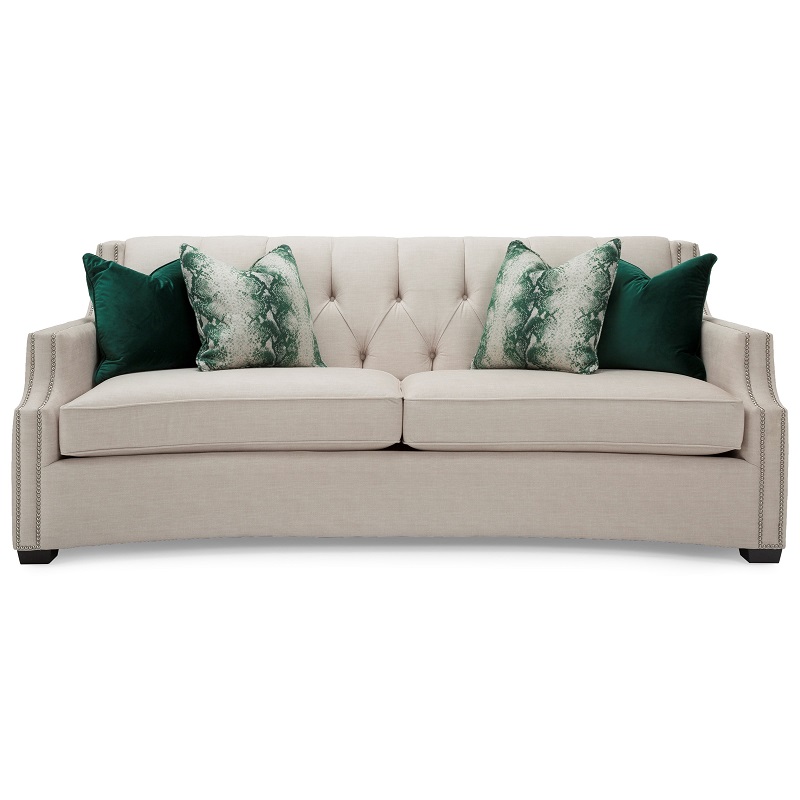
The Emotional Value of Upcycling
Connecting with Your Furniture
Reupholstering offers more than just a fresh look; it can create a deeper emotional connection to your furniture. Many people have sentimental attachments to their sofas, whether they were passed down from family or associated with special memories. By reupholstering, you’re not just restoring a physical item but also preserving a piece of your history. This process can be therapeutic, allowing you to reflect on the memories tied to the furniture while creating something new.
Sharing the Journey
Consider documenting your reupholster journey through photos or a blog. Sharing your process on social media can inspire others to tackle their DIY projects. You might also find community support and tips from fellow enthusiasts. Celebrating your work not only enhances your enjoyment but also fosters connections with others who share your passion for upcycling and home decor.
Conclusion
Reupholstering a sofa is a fulfilling project that can save you money while adding a personal touch to your home. With the right tools, materials, and a bit of patience, you can transform an old, worn-out piece of furniture into a stunning centerpiece for your living space. Remember to take your time with each step, from disassembly to reassembly, to ensure the best results. Happy upholstering!
